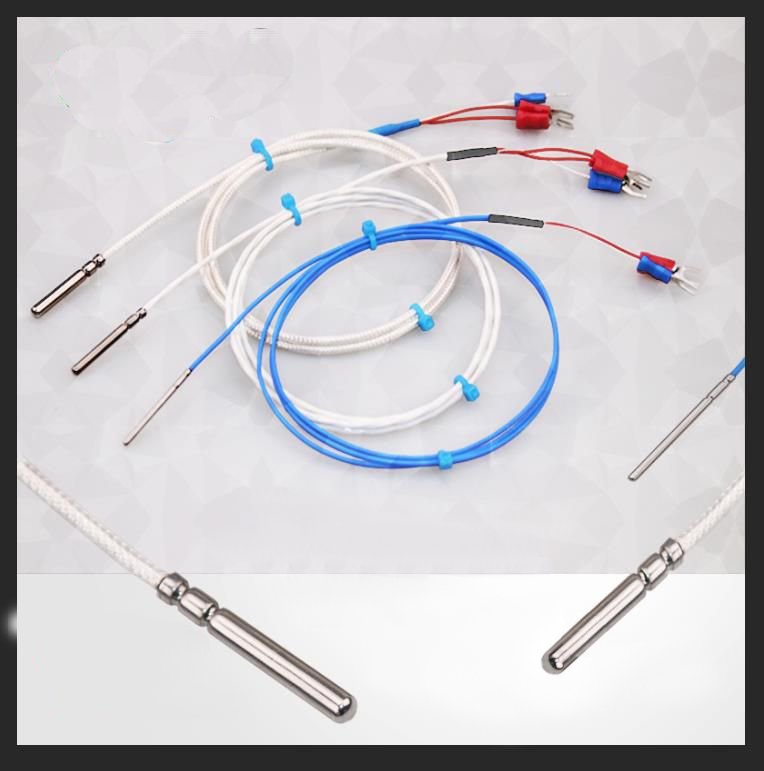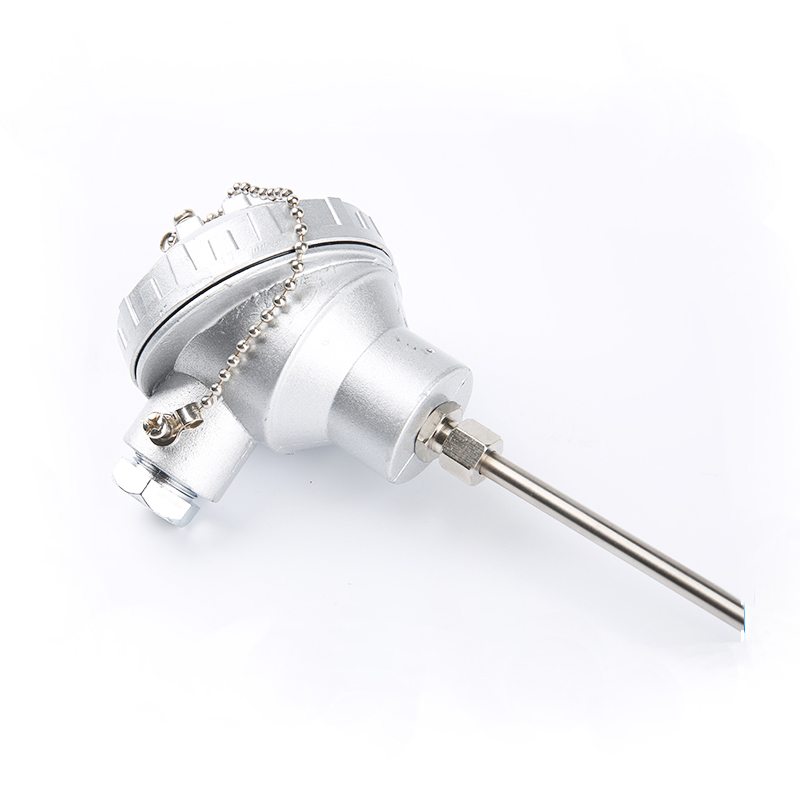Organophosphorus pesticides cannot function as foliar fertilizers
Some people have analyzed that the active ingredients of organophosphorus pesticides contain phosphorus, which is an essential nutrient for plants. Therefore, the use of organic phosphorus promotes the growth of plants. On the other hand, it has been observed that some crops become greener after spraying organophosphorus pesticides, and some people use organophosphorus pesticides as leaf surface to apply phosphate fertilizer. In fact, this is a wrong view.
First, we say that the function or trait of any object is determined by its internal structure. For example, charcoal, graphite and quartz are composed of carbon elements, but the crystallization is different, and the hardness is very different. Both organophosphorus pesticides and phosphate fertilizers do contain phosphorus, but the way in which phosphorus is combined with other elements (chemical structural formula) is different. Phosphate fertilizer is some phosphate, which is easily soluble in water and is in the state of phosphate (PO4-3) ion in water. It can be quickly absorbed and utilized by plants; while the phosphorus in organic phosphorus is mostly incorporated into large organic molecules. Some phosphates or phosphorothioates are generally insoluble in water and do not ionize phosphate. Although some agents can penetrate into plants and even be absorbed by plants, they cannot directly participate in normal metabolic processes.
Secondly, we say that organophosphorus pesticides may become bio-degradable phosphates in nature or in plants, but generally require long periods of time and appropriate environmental conditions. We know that any pesticide has a "validity period" and a "safe interval." The former refers to the number of days that an agent can effectively kill pests, and can often be maintained for several days to one week. The latter is the last application of the number of days from the harvest or the loss of toxicity of the agent, often several dozen days, and the agent can be degraded to Plants take much longer than these.
On the other hand, we should also pay attention to the fact that the amount of organophosphorus pesticides per acre is small, the phosphorus content of the active ingredients is also very small, and the phosphorus that can be brought into the farmland by spraying organic phosphorus is quite limited. Taking dichlorvos as an example, the amount of phosphorus carried by spraying once is about one-twentieth of that of potassium dihydrogen phosphate.
In short, don't expect to rely on the use of organophosphorus pesticides to supplement the phosphorus needed for crops, and can't expect it to play the role of foliar topdressing.
(Xiao Yueyan)
Temperature transmitter is an instrument that converts a temperature variable into a transmittable standardized output signal. Temperature transmitters convert physical measurement signals or ordinary electrical signals into standard electrical signal output or devices that can output in the form of communication protocols. A temperature transmitter is an instrument that converts temperature variables into a transmittable standardized output signal, and is mainly used for the measurement and control of temperature parameters in industrial processes. The current transmitter is to convert the AC current of the main circuit under test into a constant current loop standard signal, which is continuously sent to the receiving device
Features of the temperature transmitter:
1. Two-wire output DC4-20mA current signal, strong anti-interference ability;
2. Save the cost of compensation wire and installation of temperature transmitter;
3. Large measurement range;
4. Automatic compensation of cold junction temperature, non-linear correction circuit.
Applications of temperature transmitters:
Usually used with display instruments, recording instruments, electronic computers, etc., widely used in petroleum, chemical, chemical fiber; textile, rubber, building materials; electric power, metallurgy, medicine; food and other industrial fields for on-site temperature measurement process control; especially suitable for computer measurement and control The system can also be used in conjunction with the instrument.
Temperature transmitters make it possible to send a scaleable (4 to 20) mA signal from a Temperature Sensor to a control device without investing in long, expensive runs of thermocouple or RTD wire.

Pyromation carries programmable RTD and thermocouple temperature transmitters that can be mounted in the temperature sensor assembly connection head, or surface mounted using a DIN rail mounting clip. Some units offer a visual digital display that shows the current measured value. All are PC programmable and convert various signals into a scaleable (4 to 20) mA analog output signal. We also carry transmitters programmable with Hart® protocol for various signal inputs. Depending on type, some of Pyromation`s thermocouple and RTD temperature transmitters are UL recognized components and/or FM and CSA approved, including styles that are intrinsically safe and approved for use in hazardous locations.

Pyromation temperature transmitters are used in many demanding industries including Pharmaceuticals, Oil & Gas, Power Generation, Chemical, PetroChemical, and Food and Dairy.
Temperature Transmitter,Temp Transmitter,Thermocouple Transmitter,Rtd Temperature Transmitter
Wuxi Winsun Automation Instrument Co., Ltd , https://www.winsunwx.com